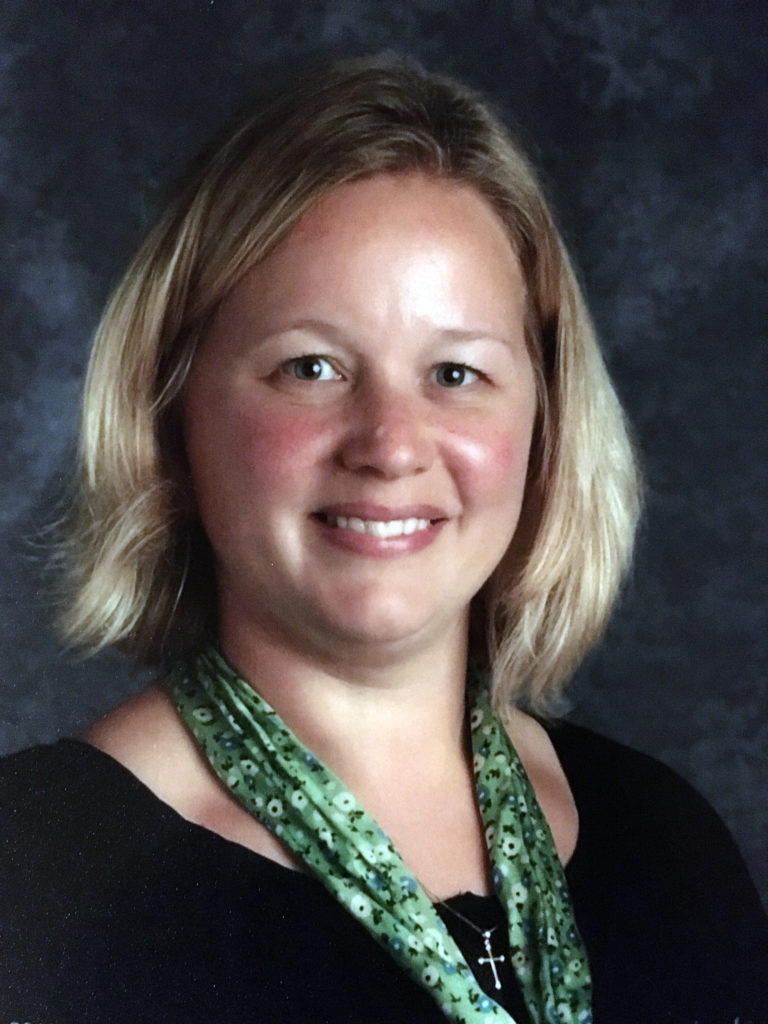In times of crisis and challenge, we are told to be optimistic and keep our heads up. We see memes of positive messaging coming across our social media streams and words like, “Do the human work and the rest will take care of itself.” As people who have chosen the profession of education and as leaders in that profession, we strive to share these worthwhile messages, to find magical words to motivate, and to keep our buildings student-centered. Here are several strategies that can help support social and emotional needs and strengthen school culture.
Acknowledge the Celebrations
One way we prompt positivity is to take the time to acknowledge our staff, our students, and our school community by way of celebrations. Noticing and calling out publicly the achievements and growth of the members of the school community is central to our work with social-emotional learning. It is important that we recognize out loud the positives we see in our day to day by naming staff as individuals and as parts of teams in ways that build culture and morale. We can all agree that acknowledging these positives is just natural—even easy.
Modeled practices by school leaders become modeled practices by school staff as well—the old “I do, we do, you do” strategy of teaching. We ask our teachers to celebrate our students; we should do the same with our staff.
As valuable as celebrating the accomplishments and the achieved goals can be, what really has the potential to pull a group together is highlighting the resistance, the emotions, the changes, and the newness as we navigate through our school years.
Acknowledge the Resistance
Michael Grinder, founder of the Classroom Management Trilogy and A Healthy Classroom, writes that the leader “can’t get past resistance until he/she acknowledges that it exists.” As leaders, taking the necessary steps to recognize the resistance will strengthen a healthy culture.
It is a misstep when we do not acknowledge the emotions of our workforce, our student body, and the greater community. This getting-to-the-human work is critical for building trust and modeling the importance of social and emotional learning at the level of adults. Moving from only acknowledging the celebrations to noticing and calling out the elephant in the room is when staff will feel heard and supported. In essence, if we do not acknowledge where the resistance or challenge may be, we may see that there is greater inability for staff to trust leadership and the plan moving forward.
When to Acknowledge?
Take the time to acknowledge and provide safety in sharing the facts, being honest, and stating the emotions that are mixed in the room (or virtual meeting), including:
- When you celebrate the positives or feel the need to highlight individuals or teams
- When you see or feel resistance
- When safety needs to be provided
- When new information is being shared
- When nonverbal communication seems “off”
How to Acknowledge the Resistance: ‘Some of Us—Some of Us—All of Us… With Assurance’
How does acknowledgement look and feel when it comes to facing emotions, newness, change, and resistance? Even more, how can we acknowledge the elephant in the room? Use the “Some of Us—Some of Us—All of Us… With Assurance” steps to guide you through taking the lead when connecting with school staff, students, and even the greater community.
Some of Us
When using the “Some of Us” idea, consider your audience and what some may be thinking or worried about when it comes to the elephant in the room. Next, consider how the other side of the room may be feeling. Generally, it is wise to look at both ends of the spectrum with the “Some of Us” approach and make a statement to the group that includes both thought patterns. Know that there may be more than two responses, emotions, or reactions from staff. Bring those additional feelings to the conversation as needed. Anticipate the voices from the group and speak their truths aloud.
All of Us
The next step is the “All of Us” piece, where we bring the group together with a verbal connection. The goal is to highlight the fact that we lead by problem solving rather than problem naming. We bring the group together when we state that all of us are here to support students, or each other, or that all of us believe and have a connected core value which leads to the need to communicate an assured plan moving forward.
…With Assurance
The assurance is that the group will work through the challenge and remain true to the school’s vision. The assurance is the plan. Even more specifically, an assurance is the plan to the group that focuses on the values of the group, the mission of the school, and/or a story or theme that connects the group together.
It is essential that we progress from acknowledging the surface resistance to the positive reasons or rationale behind the surface resistance. If we skip this, we lack the permission to mention the positive reasons behind the plan. As Grinder argues, when we are able to share the positives and whys, we can then allow the situation to be reframed—or introduce the opportunity of a new perspective that had not been previously considered.
What Might ‘Some of Us—Some of Us—All of Us… With Assurance’ Sound Like at a Staff Meeting?

- Acknowledgement of Emotion
Some of us are feeling worried about transitioning to distance learning because it was difficult last spring. Some of us are also feeling a sense of relief because our concerns have been focused on our overall community’s health and safety. All of us want what is best for our students, so here’s what we are doing to move forward…
- Acknowledgement of Newness
Some of us feel uneasy about this new initiative coming from the district. Some of us have a lot of questions about how this will work and feel for us here at school. Some of us also feel like this will help with our overall need to better support our students. All of us will get our questions answered as we learn more, but because we all value the needs of our students and have said in the past that we need a new plan in place, we will…
- Acknowledgement of Change
Some of us were frustrated to hear that our lunch program will be contracted outside of our district to save funding. Some of us are worried how that will affect our options for our student meals and for our staff who eat lunches here as well. Some of us feel a sense of relief in making this move because more funds will stay available to support our classrooms. All of us want to see our students succeed academically, so we will work through this change together knowing that we are preserving funding for our classroom resources…
Why Acknowledgements?
In order to build culture in the school, provide safety, and honor those staff who are feeling their feelings, we as leaders have to say these measures out loud. When we call out the resistance, the newness, the change, and the emotions, we give permission to feel the feelings and then move to making a plan together. As Simon Sinek argues in Start With Why, “It all starts from the inside out. It starts with the WHY” in order to influence how our school cultures can move to be healthier. When we do the human work here, the rest will take care of itself.
Part of being positive through challenge and resistance is being honest. When we are honest in acknowledging the feelings and note the concerns of those we work with and support, we build trust. When we build trust, we build safety. When we build safety, the byproducts are calm learning environments and higher levels of productivity for both students and staff.
Take the time to recognize and acknowledge the emotions being felt in your building in order to build a healthy culture and model social and emotional learning practices to staff. Use the “Some of Us—Some of Us—All of Us… With Assurance” tool as a practical way to manage resistance and challenge all while keeping positive, student-centered, and mission driven.


1 Comment
This article is amazing. The “Some of Us-Some-of-Us-All-of-Us…With Assurance” model would definitely help with the Social Emotional climate of our school. Our principal is using this model but says, “I know some of you may feel, and others may feel, but we…” I will definitely mention this model in our Campus Improvement Plan meeting in order to drive our mission. Thank you so much!!!!